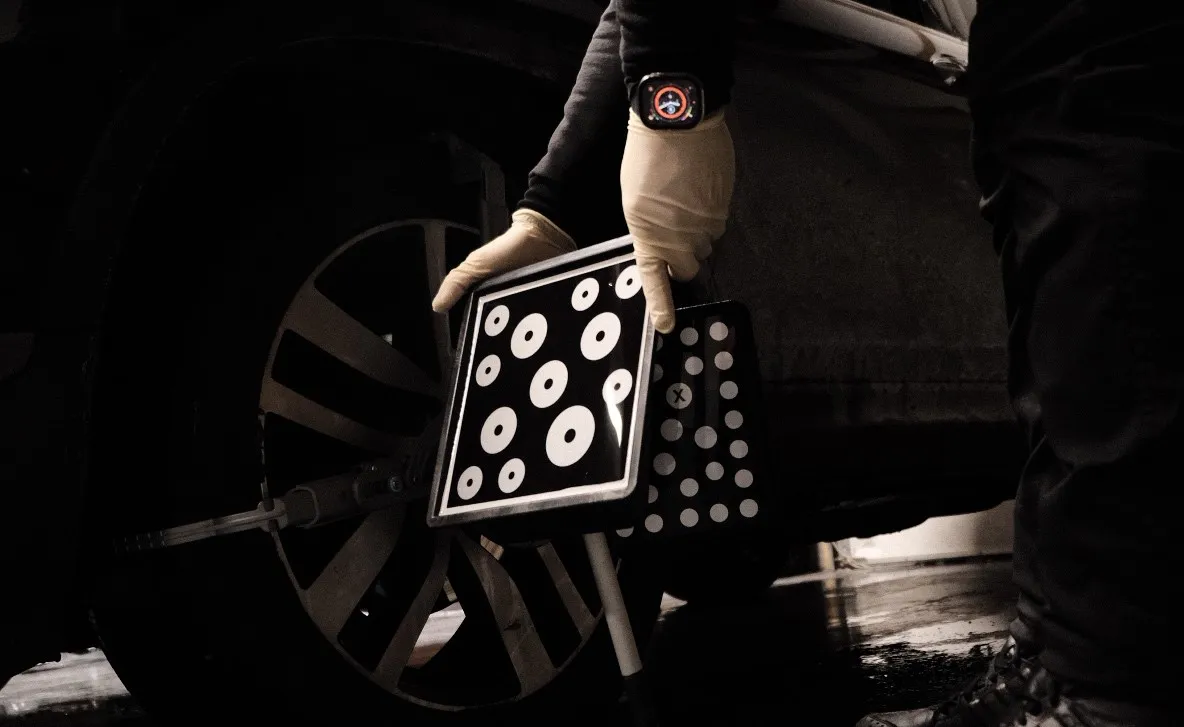In recent years, automotive technology has advanced rapidly, with safety being a top priority for manufacturers and drivers alike. One of the most significant innovations is Advanced Driver Assistance Systems (ADAS). These systems are designed to enhance vehicle safety by reducing human error and preventing accidents. But what exactly is ADAS, and how does it impact your vehicle’s windshield? Let’s break it down.
What is ADAS?
ADAS stands for Advanced Driver Assistance Systems, which are a collection of electronic technologies that assist drivers in a variety of ways, improving safety and enhancing driving performance. These systems use sensors, cameras, radar, and artificial intelligence to detect the vehicle’s surroundings, helping prevent collisions and offering a safer driving experience.
Imagine you’re playing an advanced racing or adventure game, and you have an AI co-pilot with you. This co-pilot doesn’t take over entirely, but constantly watches the game environment, giving you warnings, nudging the controls, and helping you avoid hazards. That’s exactly what Advanced Driver Assistance Systems (ADAS) do in your car, but in real life.
Key ADAS Features
Here are some of the most common ADAS features you might encounter in modern vehicles:
- Lane Departure Warning (LDW)
Alerts the driver when the vehicle unintentionally drifts out of its lane. Some systems also include Lane Keep Assist (LKA), which can automatically steer the vehicle back into the lane. - Automatic Emergency Braking (AEB)
Detects potential collisions with objects, pedestrians, or other vehicles ahead and applies the brakes automatically if the driver doesn’t react in time. - Adaptive Cruise Control (ACC)
Maintains a set speed while adjusting to the flow of traffic, automatically slowing down or speeding up based on the distance to the vehicle in front. - Blind Spot Detection (BSD)
Monitors the blind spots around your vehicle and alerts you when a vehicle or object is in your blind spot, making lane changes safer. - Forward Collision Warning (FCW)
Detects the risk of a collision with another vehicle or object ahead and provides a visual or audio alert to the driver. - Parking Assistance Systems
Use cameras and sensors to help drivers park more easily, either by providing visual guides or fully automating the parking process. - Traffic Sign Recognition (TSR)
Identifies road signs (like speed limits, stop signs, or no-entry signs) and displays them on the vehicle’s dashboard for the driver’s attention. - Surround View Cameras
Offer a 360-degree view around the vehicle, assisting drivers with parking, reversing, and navigating tight spaces.
Why ADAS Recalibration is Important After Windshield Replacement
Since ADAS features heavily rely on the forward-facing cameras mounted on or near your vehicle’s windshield, any changes to the windshield can affect the system’s functionality. That’s where ADAS calibration comes in.
When you replace your windshield, these cameras need to be recalibrated to ensure that they continue to function accurately. Misalignment, even by a few millimeters, can throw off ADAS functions like lane-keeping assist or automatic emergency braking, potentially putting you at risk on the road.
There are two types of ADAS calibration:
- Static Calibration: Performed in a controlled environment with specialized equipment. The vehicle remains stationary, and the system is calibrated using target images.
- Dynamic Calibration: Requires the vehicle to be driven, often for a specific distance and speed, while the calibration system adjusts the camera alignment on the go.
The Future of ADAS
ADAS is rapidly evolving. The future will likely see these systems becoming more autonomous, bringing us closer to fully self-driving cars. Currently, ADAS can handle certain tasks, but the driver still maintains overall control of the vehicle. As technologies like artificial intelligence and machine learning improve, ADAS will be able to make more decisions without human input, making driving safer and more efficient.
What Does ADAS Mean for You?
If you’re driving a newer vehicle, chances are you already have some form of ADAS built into your car. These systems are designed to make driving safer and reduce the risk of accidents. However, as with any technology, they need to be properly maintained and calibrated to work effectively.
If we go back to our co-pilot analogy, the camera system in your car, which powers these amazing co-pilot features, is often placed right on your windshield. So, what happens when you swap out your windshield after damage? It’s like knocking your AI co-pilot off balance! That’s where ADAS calibration comes in—resetting and realigning the system, just like adjusting the game settings after an update.
If you don’t recalibrate, or if it isn't done correctly, it’s like continuing your game with broken controls. Things won’t respond properly, and your trusty co-pilot might give you bad directions or fail to react when you need them most.Ensuring that the auto glass company working on your vehicle is trained in ADAS calibration is critical for maintaining the full safety and functionality of your vehicle after a windshield replacement. It protects you, your passengers, and others on the road.




.webp)

